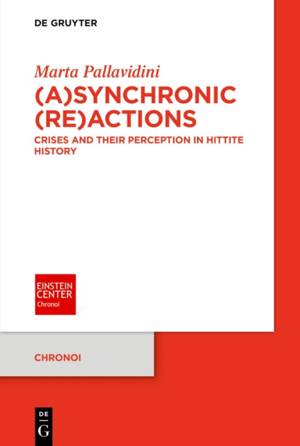
- Afhalen na 1 uur in een winkel met voorraad
- Gratis thuislevering in België vanaf € 30
- Ruim aanbod met 7 miljoen producten
- Afhalen na 1 uur in een winkel met voorraad
- Gratis thuislevering in België vanaf € 30
- Ruim aanbod met 7 miljoen producten
Omschrijving
This book aims to study the perception of crises in Hittite Anatolia (1650-1180 BCE) from different perspectives: the one of the Hittites, the one of the neighboring polities, and ours as historians. Two concepts will be discussed in the introduction of the book: crisis and (a)synchronicity. The book has the goal to show - considering the written sources available from the Hittite kingdom - that in some cases, the perception of a crisis is asynchronic even in the same temporal frame. Regarding our perspective as historian, asynchronicity is at work since the temporal frame are far apart, yet if we rely on and correctly interpret the sources available to us, it becomes clear that we might perceive a crisis in Hittite Anatolia more synchronically than expected. Finally, even the perception of the Hittites can be both asynchronic and synchronic, since it is possible that they misinterpreted the signs of an actual crisis and perceived it only after the crisis took place or even after it ended. The book will consider four case-studies that are considered key moments in Hittite history. The final goal is to re-define crises in Hittite Anatolia considering the multi-temporality of the (a)synchronic perception of crises.
Specificaties
Betrokkenen
- Auteur(s):
- Uitgeverij:
Inhoud
- Aantal bladzijden:
- 88
- Taal:
- Engels
- Reeks:
- Reeksnummer:
- nr. 14
Eigenschappen
- Productcode (EAN):
- 9783111712123
- Verschijningsdatum:
- 19/05/2025
- Uitvoering:
- Paperback
- Formaat:
- Trade paperback (VS)
- Afmetingen:
- 156 mm x 234 mm
- Gewicht:
- 136 g

Alleen bij Standaard Boekhandel
Beoordelingen
We publiceren alleen reviews die voldoen aan de voorwaarden voor reviews. Bekijk onze voorwaarden voor reviews.








